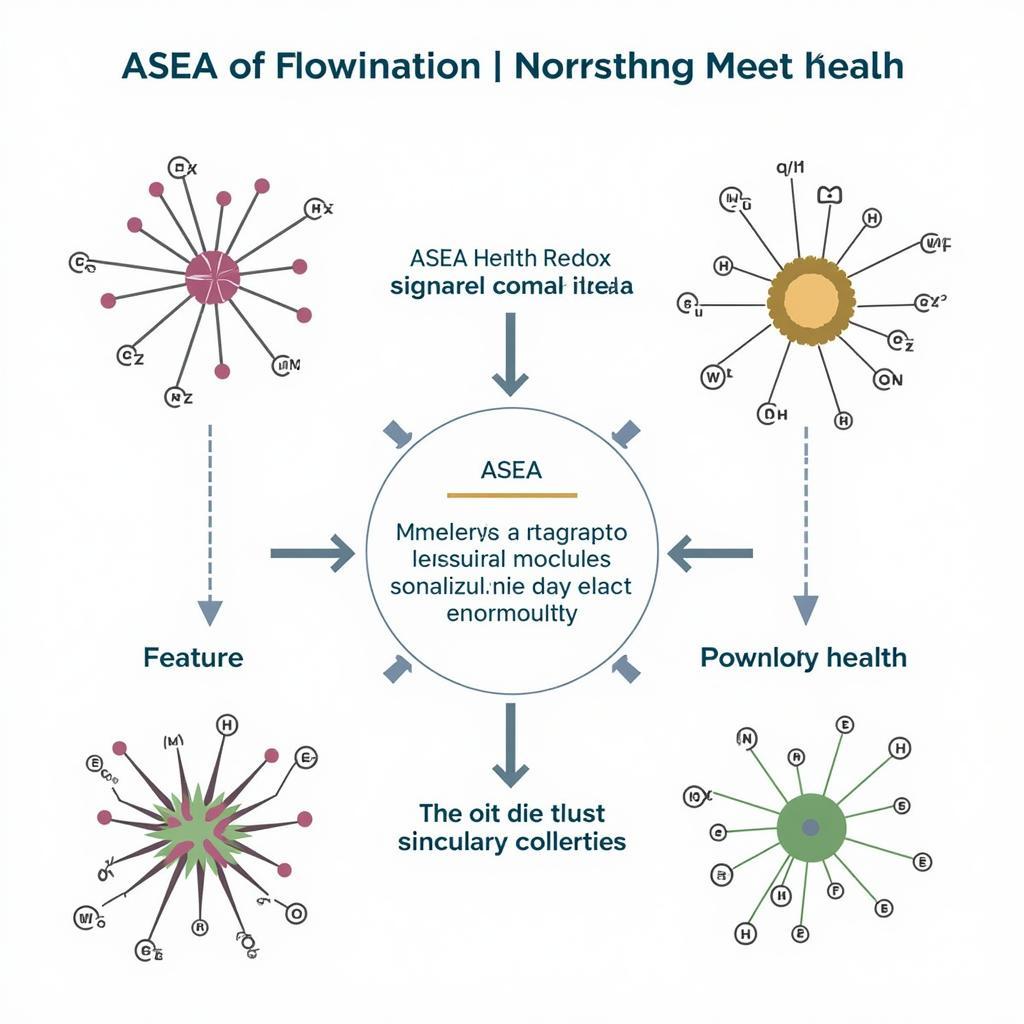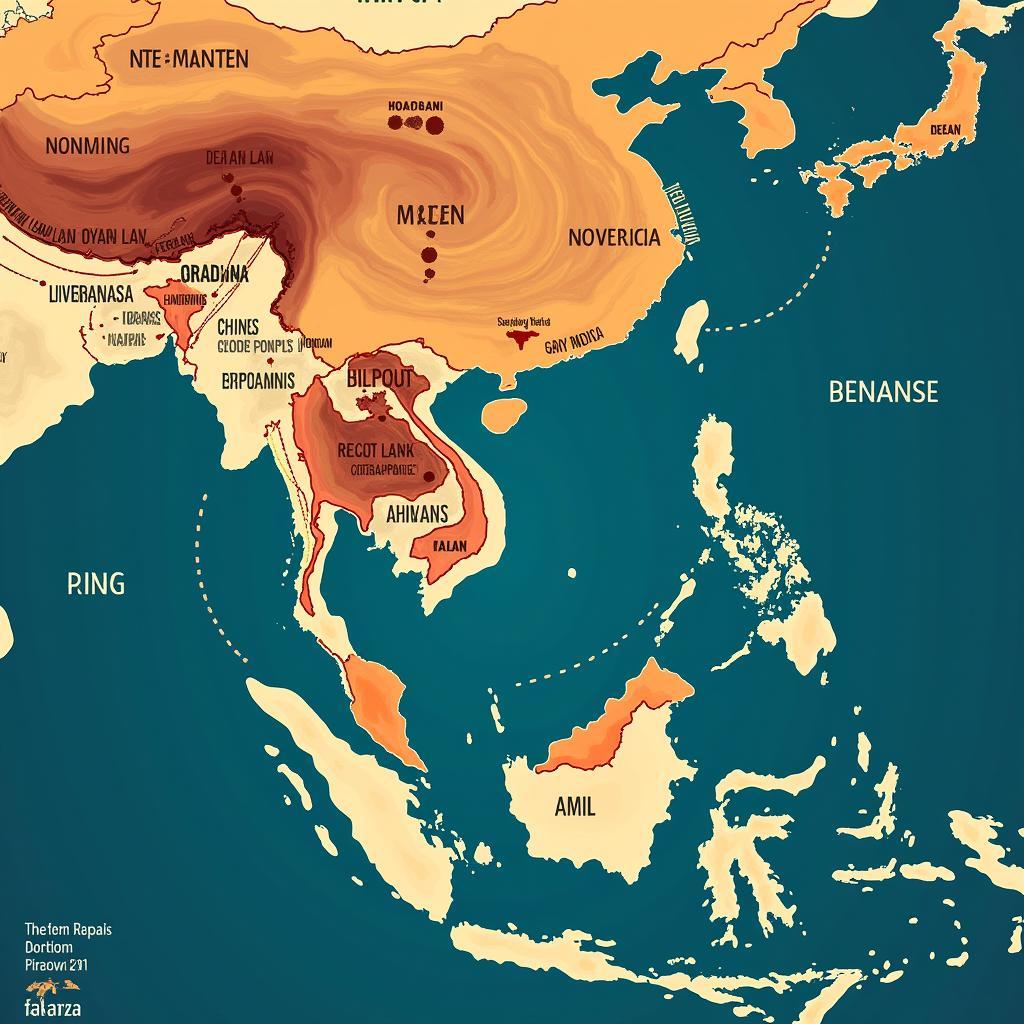Southeast Asia’s vibrant tapestry of cultures and rapid economic growth often comes at a cost, and one of the most pressing challenges is air pollution. Understanding the Asean Air Pollution Index is crucial for residents, travelers, and businesses alike.
What is the ASEAN Air Pollution Index?
The ASEAN air pollution index, often referred to as the AQI, is a measure of air quality in the Southeast Asian region. It quantifies the concentration of pollutants such as particulate matter (PM2.5 and PM10), ozone (O3), sulfur dioxide (SO2), nitrogen dioxide (NO2), and carbon monoxide (CO) in the air. asean air quality index helps to understand the health risks associated with different levels of air pollution.
Why is the ASEAN Air Pollution Index Important?
The AQI is an essential tool for public health. It provides crucial information that allows individuals and communities to make informed decisions regarding their exposure to air pollution. Understanding the asean air pollution index can help individuals protect themselves from the harmful effects of poor air quality.
How is the ASEAN Air Pollution Index Calculated?
Each pollutant is measured and then converted into a sub-index. These sub-indices are then combined to calculate the overall AQI. asean air quality data is collected from monitoring stations across the region and is often made available to the public through websites and mobile apps.
Understanding the Different AQI Categories
The AQI is typically divided into categories, each corresponding to a different level of health concern. These categories are often color-coded for easy interpretation, ranging from green (good) to maroon (hazardous).
- Good (0-50): Air quality is considered satisfactory, and air pollution poses little or no risk.
- Moderate (51-100): Air quality is acceptable; however, for some pollutants, there may be a moderate health concern for a very small number of people who are unusually sensitive to air pollution.
- Unhealthy for Sensitive Groups (101-150): Members of sensitive groups may experience health effects. The general public is not likely to be affected.
- Unhealthy (151-200): Everyone may begin to experience health effects, and members of sensitive groups may experience more serious health effects.
- Very Unhealthy (201-300): Health warnings of emergency conditions are issued as everyone is likely to be affected.
- Hazardous (301+): Health alert: everyone may experience serious health effects.
How to Protect Yourself from Air Pollution in ASEAN
There are several steps you can take to protect yourself from the adverse effects of air pollution:
- Check the asean air pollution index regularly.
- Limit outdoor activities when air quality is poor.
- Wear an ase respirator when necessary, especially during hazy conditions.
- Use air purifiers in your home or office.
- Support policies that promote cleaner air.
“Air pollution is a transboundary issue, requiring regional cooperation to address effectively,” says Dr. Anya Sharma, an environmental health specialist based in Bangkok.
“Investing in sustainable transportation and renewable energy sources is essential for long-term air quality improvement in the ASEAN region,” adds Professor Lee Wei Ming, an atmospheric scientist at the National University of Singapore.
Conclusion
The ASEAN air pollution index is a vital tool for understanding and mitigating the health risks associated with poor air quality in the region. By staying informed and taking appropriate precautions, individuals and communities can contribute to a healthier and more sustainable future. Monitoring the asean air pollution index is the first step towards breathing easier in Southeast Asia.
FAQ
-
What is PM2.5? PM2.5 refers to fine inhalable particles, with diameters that are generally 2.5 micrometers and smaller.
-
How often is the AQI updated? The AQI is typically updated hourly in most ASEAN countries.
-
Where can I find real-time AQI data for my city? Many ASEAN countries have dedicated websites and mobile apps that provide real-time AQI data.
-
What are the long-term health effects of air pollution? Long-term exposure to air pollution can contribute to respiratory illnesses, cardiovascular diseases, and other health problems.
-
Are there specific regulations in place to address air pollution in ASEAN? Yes, several ASEAN countries have implemented regulations and policies aimed at reducing air pollution.
Common Scenarios:
-
Planning a trip: Check the AQI forecast for your destination and pack appropriate protective measures like masks.
-
Living in a polluted city: Monitor the AQI daily and adjust your outdoor activities accordingly. Invest in air purifiers for your home.
-
Experiencing respiratory symptoms: If you experience unusual respiratory symptoms during periods of high pollution, consult a doctor.
Related Resources:
For more information, explore these related articles on our website:
- Air pollution and its impact on children’s health in ASEAN.
- Sustainable transportation solutions in Southeast Asia.
- The role of renewable energy in improving air quality.
When you need assistance, please contact us at Phone Number: 0369020373, Email: [email protected] Or visit us at: Ngoc Lien Village, Hiep Hoa, Bac Giang, Vietnam. We have a 24/7 customer service team.


